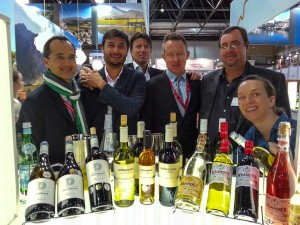Our review of the last edition of the Prowein, held in March 23-25, 2014
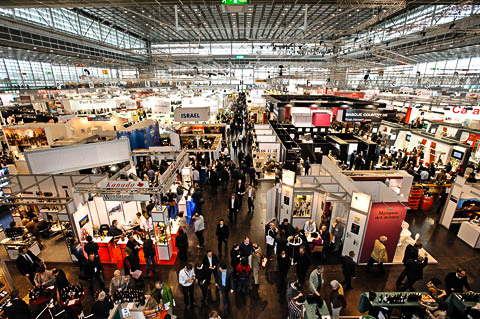 If size matters, Prowein, held annually in Düsseldorf, Germany, is now surely the king of wine trade shows. This March, over 4,500 exhibitors from 50-plus countries gathered for a short 3 days at the city on the Rhine River to showcase new vintages, new wines, and innovations. I had been to Prowein twice before, and this time I sensed a change of climate—economically and stylistically speaking.
If size matters, Prowein, held annually in Düsseldorf, Germany, is now surely the king of wine trade shows. This March, over 4,500 exhibitors from 50-plus countries gathered for a short 3 days at the city on the Rhine River to showcase new vintages, new wines, and innovations. I had been to Prowein twice before, and this time I sensed a change of climate—economically and stylistically speaking.
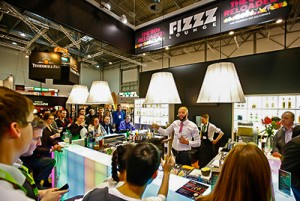 For one, many European producers said that the high-end segment has retracted, unless you are a great growth from Bordeaux, a rare Burgundy or a well-known estate loaded with more than 90-point wines. The major wine markets like the US, Germany, the UK, and especially China have traded down not only in the on-trade, but also in retail. This means smart consumers, who know what to look and where, will certainly benefit from a wider choice of extremely well-made wines.
For one, many European producers said that the high-end segment has retracted, unless you are a great growth from Bordeaux, a rare Burgundy or a well-known estate loaded with more than 90-point wines. The major wine markets like the US, Germany, the UK, and especially China have traded down not only in the on-trade, but also in retail. This means smart consumers, who know what to look and where, will certainly benefit from a wider choice of extremely well-made wines.
Personally, I was looking for the next big thing beyond traditional varietals and key regions rife in collectors’ cellars. What I found was a trend of winemakers working IPOB, which was picked up in Jancis Robinson’s, Master of Wine, story about California wines. IPOB means in pursuit of balance,a practice that’s actually nothing new if you were a grower in a cooler region. What makes this a trend is that a few influential winemakers in warmer California and Australia are embracing ways to make their wines livelier and contain less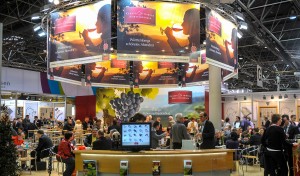 alcohol.
alcohol.
This philosophical change has been proposed and pushed by sommeliers who want wines to match rather than overpower delicate food, so suddenly, we have interesting Syrahs from S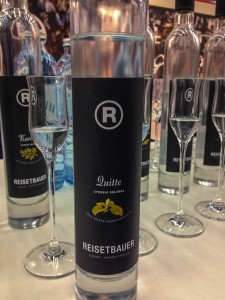 anta Barbara (California) and Victoria (Australia), the latter already known for deliciously poised Pinot Noirs. Also the relatively unknown Blaufränkisch from continental Eisenberg, a unique terroir on both sides of the Austrian and Hungarian border, fits the bill.
anta Barbara (California) and Victoria (Australia), the latter already known for deliciously poised Pinot Noirs. Also the relatively unknown Blaufränkisch from continental Eisenberg, a unique terroir on both sides of the Austrian and Hungarian border, fits the bill.
Another key change is the evolution of stable house wines from Chile and Argentina into fine examples of delineated fruit and soil-inflicted character. The Malbecs today are not what you have tasted 5-6 years ago. Try a Torrontes from one of the highest vineyards around Salta, and you will see comparable freshness to Germanic style wines. For a full read, do check out Argentina 3.0, which just appeared on Robert Parker’s Wine Advocate.
Last, but not least, are the effects of biodynamic viticulture on levels of alcohol in wines from sun-drenched vineyards which provide intense fruit and sugars yet a subdued Alcohol level. So here we go again IPOB – search for wine growers in multiple Languedoc or Roussillon communes and you see what I mean.
The good news about the above wines? They are not hoarded by point hounds, not exorbitantly expensive, nor do they need a decade or more to be mature for drinking. They are simply lovely, and ready any time you are.



 0
0